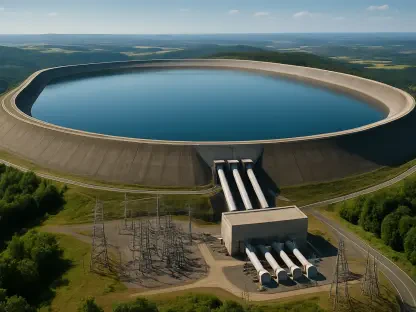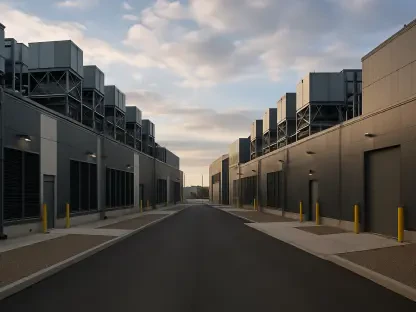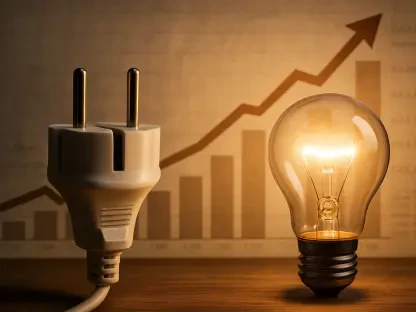The growing trajectory of industrial electricity demand presents a compelling narrative amidst a world increasingly dependent on technology and energy. Industries are reclaiming their place as primary energy consumers, reminiscent of mid-20th-century dynamics. This shift towards industrial-centric electricity use is redefining how energy is produced, distributed, and consumed, which is essential in navigating the United States’ evolving energy landscape. This article delves into these dynamic changes, examining the growing trends, expert perspectives, and future implications for the electricity market.
Ongoing Trends in Industrial Electricity Use
Shifts in Electricity Consumption Patterns
Industrial sectors are witnessing significant changes in electricity consumption patterns, a return to the high demand levels seen in past decades. Recent statistics indicate a marked increase in energy demands from industries like manufacturing and data centers, driving significant growth in electricity consumption. The electricity demand is projected to experience steady growth, with much of the load expected to become power-quality-sensitive by the year after next. This development underscores a growing reliance on stable power, contrasting with residential demands that ebb and flow with seasons and weather.
Applications and Innovations in Industry
Real-world examples provide clear illustrations of how industrial demand is shaping electricity consumption. Companies at the forefront, such as global data centers and large-scale manufacturers, significantly influence how electricity is used and emphasize the need for consistent, reliable power. Major auto manufacturers and digital service providers are orchestrating energy use strategies to reduce costs while optimizing their output. These enterprises have become catalysts, pushing the boundaries of what is possible with electricity use in day-to-day operations by adopting cutting-edge technologies and innovative energy management systems.
Insights and Opinions from Experts
Expert opinions shed light on these dynamic energy trends, noting the critical challenges and opportunities they present. Industry leaders emphasize the need for modernized infrastructure to meet the surging demand effectively. They point to the necessity of advancing grid technology to accommodate unprecedented loads. Furthermore, experts highlight potential challenges, including legislative hurdles and affordability concerns. Thought leaders also recognize the transformative impacts such trends may have, predicting shifts in industry-wide operational strategies to align with evolving energy landscapes.
Future Directions and Developments
Looking beyond current trends, the discourse surrounding the future of industrial electricity demand involves several key considerations. Encouraging developments such as load management programs offer opportunities to balance energy needs and resource availability effectively. Analysts anticipate that if current trends persist, industrial demand will increasingly dictate electricity generation strategies. However, rising energy prices remain a concern, potentially impacting competitive positioning and operational margins for industry players. Energy experts suggest that continued innovation will likely yield new solutions to address affordability and infrastructural challenges.
Concluding Thoughts and Future Prospects
As the article explored, the prodigious ascent of industrial demand is undeniably reshaping the U.S. electricity landscape. This shift requires a dynamic response to balance a growing need for electricity with sustainable and affordable supply strategies. Engaging with technological advancements and strategic infrastructure planning has previously allowed stakeholders to mitigate potential disruptions effectively. Reflecting on these trends underscores the intricacies of managing future energy needs, reinforcing the necessity of proactive, innovative approaches to ensuring stability and sustainability in electricity solutions, offering a comprehensive roadmap for tomorrow’s energy landscape.









